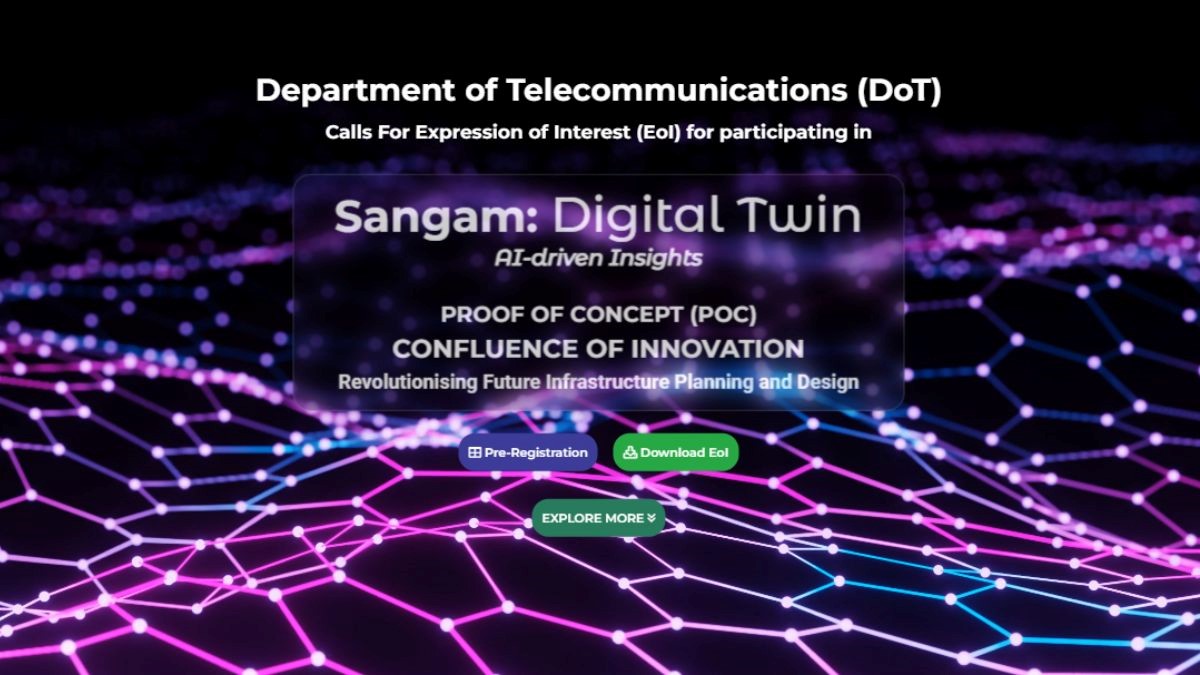Free Courses Sale ends Soon, Get It Now


Free Courses Sale ends Soon, Get It Now



Disclaimer: Copyright infringement not intended.
Context
Details
Purpose and Scope
Technological Integration
Objectives
Platform Features
Introduction to Digital Twin Technology
Key Components of Digital Twin Technology:
Applications of Digital Twin Technology:
Challenges and Considerations:
Conclusion
The 'Sangam: Digital Twin' initiative represents a collaborative leap towards reshaping infrastructure planning and design in India. By fostering cross-sectoral collaboration and leveraging advanced technologies, Sangam aims to drive impactful changes in infrastructure development, paving the way for a smarter and more sustainable future.
|
PRACTICE QUESTION Q. Digital Twin technology represents a paradigm shift in how organizations conceptualize, design, and manage physical assets and systems. Critically Analyse. (15 marks) |
© 2024 iasgyan. All right reserved